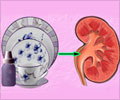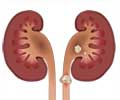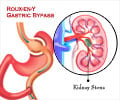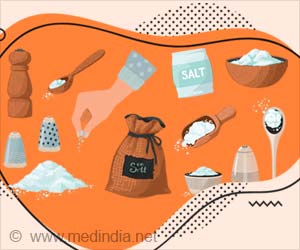Risk of kidney disease has almost doubled since 1994 in American people and the researchers from the UCLA think that it is directly connected with the rise in metabolic syndrome.

Scales and his colleagues found that amongst 12,110 responses reviewed, one out of every eleven people had a kidney stone as compared with one in 20 in 1994. Although the researchers did expect an increase in the prevalence of kidney stones, ‘the size of the increase was surprising’ they said.
The results also showed that in America -
• Men were more likely to report kidney stone disease than women.
• Kidney stones increased with age in, both, men and women.
• Increase in stone disease was seen particularly in black, non-Hispanic, and Hispanic individuals.
According to the lead researcher Dr. Charles D. Scales Jr., from the Departments of Urology and Medicine, University of California, USA, ‘Our findings suggested that the increase is due, in large part, to the increase in obesity and diabetes among Americans.’ The link between metabolic syndrome and kidney stones can be explained thus – obesity increases renal excretion of calcium and uric acid, as well as urine acidity, and this in turn increases the risk of stone formation.
Dr. Brian Matlaga, associate professor of urology at Johns Hopkins University School of Medicine, too, warned that since one-tenth of the American people have kidney stones, greater emphasis on preventive measures is essential.
The authors concluded – ‘This increase (in the prevalence of kidney stones) is likely related to dietary and lifestyle factors. Given the temporary disability imposed by a symptomatic stone event, these findings have important implications for a disease that burdens a primarily working-age population. These findings suggest that the direct and indirect costs of kidney stones will continue to rise in the United States, and efforts should be directed toward ameliorating the burden of urinary stone disease’.
Reference: Scales, C. D., et al. Prevalence of Kidney Stones in the United States. European Urology, Volume 62, issue 1, pages e1-e30, July 2012
http://www.europeanurology.com/article/S0302-2838%2812%2900404-6
http://newsroom.ucla.edu/portal/ucla/prevalence-of-kidney-stones-doubles-234184.aspx
Source-Medindia














